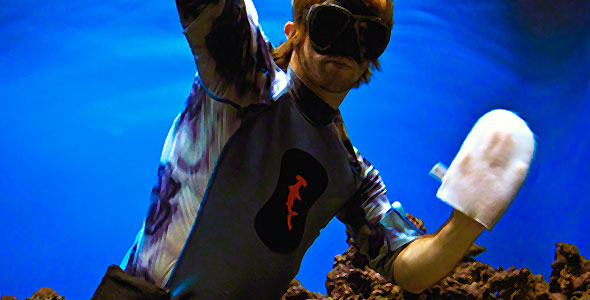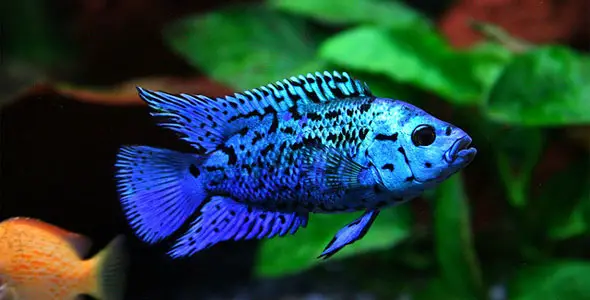Clean up is a necessary part of pet ownership, even if your pet is a fish. While cleaning your fish tank and changing the water may seem overwhelming at first, it is relatively easy and not at all a daunting task. Remember, cleaning your tank should be done regularly, and water changes should be done every month or so.
1. The first step to take is treating the water that will be added to your tank. Fresh water from the tap is often treated with chlorine and fluoride. If you change your water regularly, set out a container with the “soon to be added” water. You can add de-chlorination tabs to it to speed up the process, but otherwise, let it sit out for about 48 hours before changing your tank water.
2. The day you plan to clean your tank and change the water, gather together all of your tools. You will need:
Algae Scraper
Razor or plastic blade
Bleach – 10% Solution
Bucket – pref. 5 Gallons
Aquarium Safe Glass Cleaner
New Filter
Filter Brush
Towels
Paper Towels
Gravel Vacuum (optional)
3. Begin by analyzing your tank. What do you have in it? Do you have live plants? How many pieces of aquascaping will need to be removed? Remove everything that is not live; in other words, remove any aquascaping items and fake plants.
4. Tackle the inner walls of your tank with the algae scrubber. DO NOT use regular grocery store scrubbing pads for this as they often contain soap or other chemicals that will kill your fish. It is worth the money to buy one specially made for aquariums. Give the walls a thorough scrubbing down, scrapping any stubborn spots with the razor or plastic blade.
5. Now it’s time to tackle all your tank decorations. Most of them can be easily cleaned by scrubbing them thoroughly with the algae scrubber, but if you find tough algae spots, soak them in the bleach solution for 15 minutes. Scrub them again, then rinse and air dry completely.
6. Turn your attention back to the tank and grab your gravel vacuum. For this you will need your bucket. Vacuuming doubles as your chance to pull out the water you want to change.
When you change your water you do not want to remove every last drop from the tank because this will eliminate all the beneficial bacteria that have been building up and creating a healthy environment. Instead, you will remove 10-20% of the water at each changing and replace that with fresh, de-chlorinated water. This means that if you have a 100 gallon tank, you will remove 10-20 gallons of water and replace that much with fresh, de-chlorinated water.
Make sure you vacuum the tank thoroughly. Waste will sink down to the bottom of the tank, beneath your substrate, so you must move the vacuum through the substrate so that all the debris can be removed.
7. Chances are you’ve splashed some water on the outside of your tank. Now is the time to turn your attention to unsightly watermarks and your exterior equipment. Clean your hood, light, tank lid, and the outside of the glass. Avoid common cleaners as they have ammonia which is very toxic and powerful.
8. Go ahead and add your new water. There may be some initial cloudiness, but this will clear up and leave you with sparkling clean water.
Finally –
About two weeks after your cleaning it will be time to tackle your filter. While this seems counter-intuitive, resist the temptation to clean your filter at the same time that you clean your tank. Why? Because your filter is full of the beneficial bacteria that help to establish a healthy community. When you clean your tank out a number of these bacteria are eliminated, so those in your filter are necessary to help quickly bring the balance back to your community. When it’s time to clean your filter, begin by unplugging it. Clean out all tubing and parts that come in contact with the water. If your filter is a carbon filter or other similar filter it should be replaced. Filters that are sponge-like should be gently rinsed and replaced.




